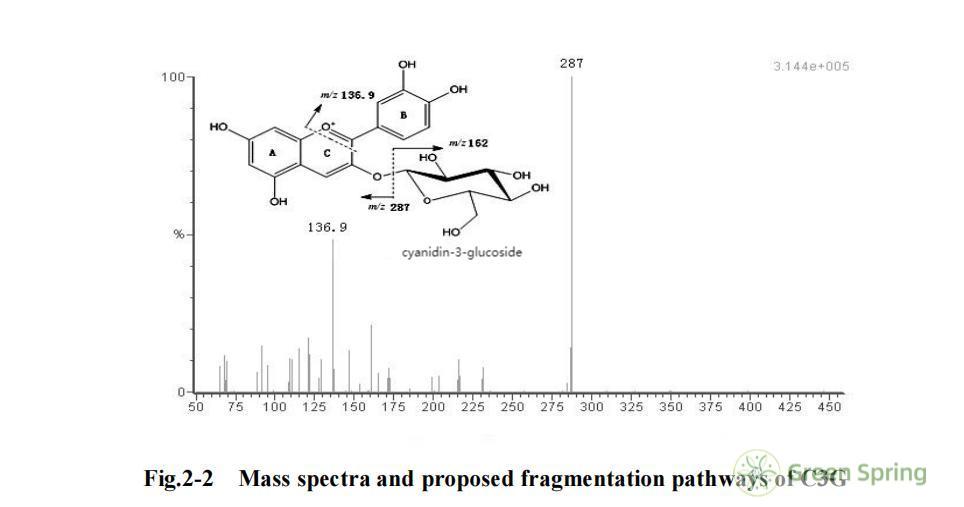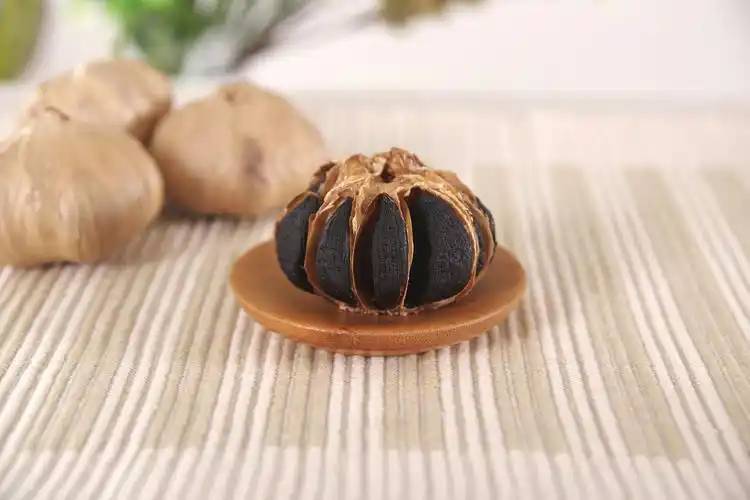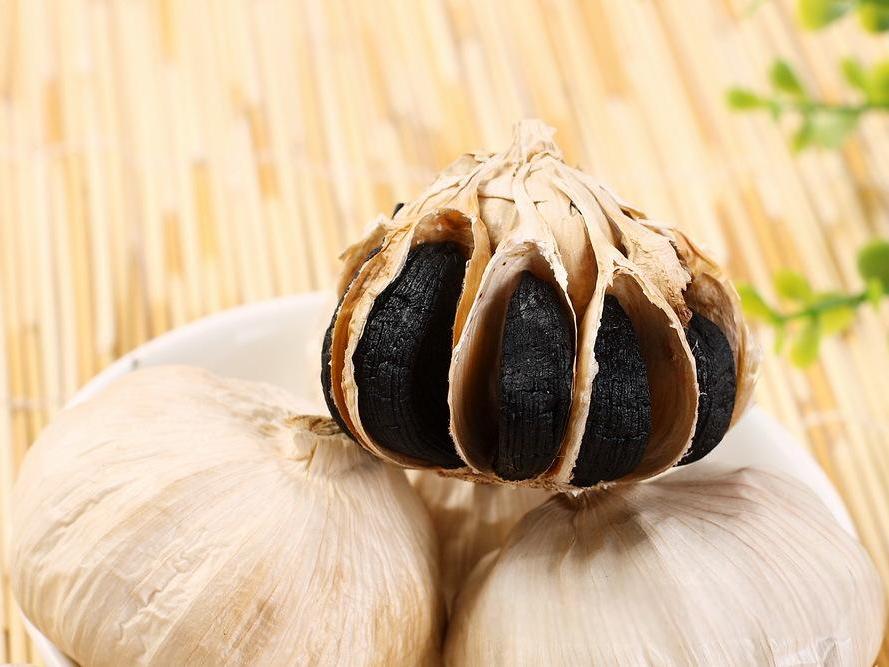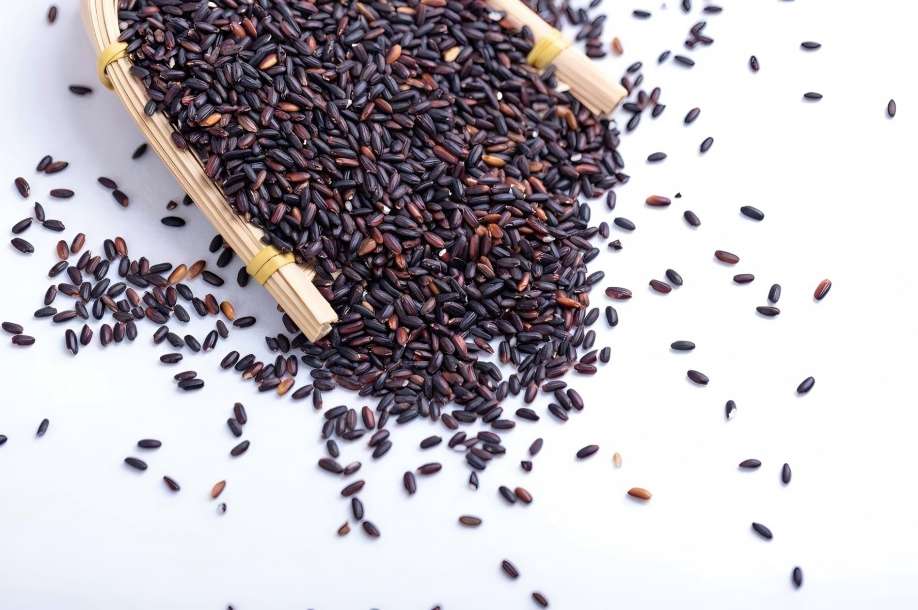The Incredible Benefits of Black Rice Extract Cyanidin 3 Glucoside
What Is Cyanidin-3-Glucoside?
Cyanidin-3-glucoside (Cy-3-glc,C3G) is the most common, widely distributed and abundant anthocyanoside among the anthocyanidin compound[1][2]. Cornflower-3-glucoside is commonly found in the leaves, fruits, and roots of dark-coloured plants, such as orange, red and purple plants, especially in black rice[3]. Cornflower-3-glucoside is one of the anthocyanins in the anthocyanoside group, and a large number of studies at home and abroad have shown that cornflower-3-glucoside has a variety of biological activities, such as the prevention of cardiovascular disease, the improvement of visual fatigue, and the reduction of diabetic patients' inflammation, and so on.
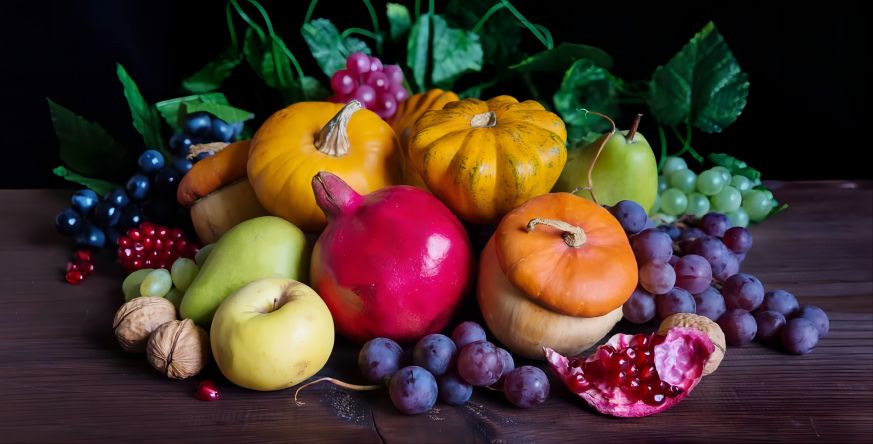
What Is the Construction of Cyanidin-3-Glucoside?
Anthocyanoside belongs to flavonoids, so it has the typical structure of flavonoids, i.e., C3-C6-C3 as the basic skeleton, and it is a derivative of 2-phenylchromene [4]. The parent of anthocyanoside is anthocyanin, because anthocyanin is unstable, so in nature, it is mainly anthocyanin as a ligand combined with other sugars to form different glycosides, i.e. anthocyanosides. Most anthocyanins have hydroxyl substitutions at the 3,5,7 carbon sites. Different anthocyanosides are formed due to differences in the substituents of the B-ring. Currently, the 6 most common anthocyanosides in nature are: cyanindin, pelargoninidin, delphinidin, peonidin, peunidin and malvidin. Due to the different types, positions and quantities of binding sugars in anthocyanosides, anthocyanosides are also different. The main binding sugars are monosaccharides such as glucose, rhamnose, galactose and xylose, and disaccharides such as rhamnoglucose and acacia disaccharide [5]. The structure of the 3-glucoside is shown in Fig. 1-1, which is formed by the combination of cornflower and a glucose.
Fig.1-1 Structure of Cyanidin-3-glucoside
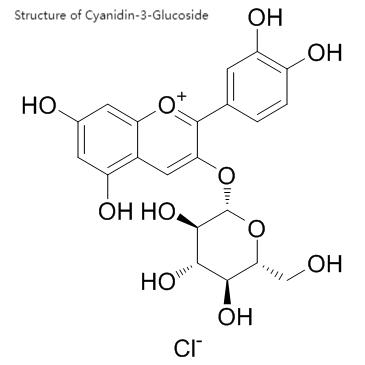
Content of Cyanin-3-Glucoside in Black Rice Extract
According to the literature, the content of Cyanidin-3-Glucoside in black rice is extremely rich[6], and Jing Wang et al[7] experimentally concluded that the Cyanidin-3-glucoside content of black rice is up to (1.017 ± 0.028) mg/g.
In this experiment, black rice extract was used as the experimental material, and its Cyanidin-3-glucoside was purified by a chromatographic column with three kinds of fillers, namely, AB-8 macroporous resin, polyamide, and dextran gel, in turn, to obtain Cyanidin-3-glucoside, and the purity could reach 95% after calculation.
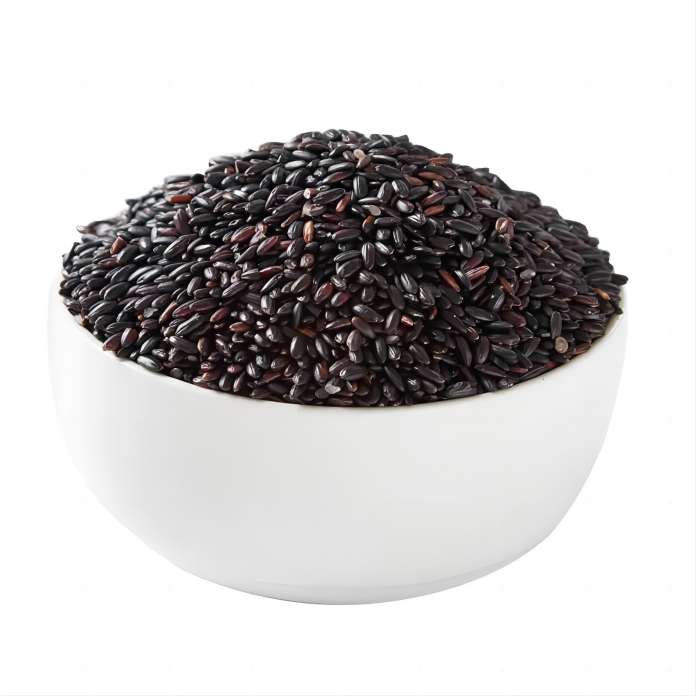
1 Experimental Methods
1.1 Technical Method
Preparation of Cyanidin-3-Glucoside from Black Rice Extracts
Fig 2-1 Product Detection Conditions of Cyanidin-3-Glucoside
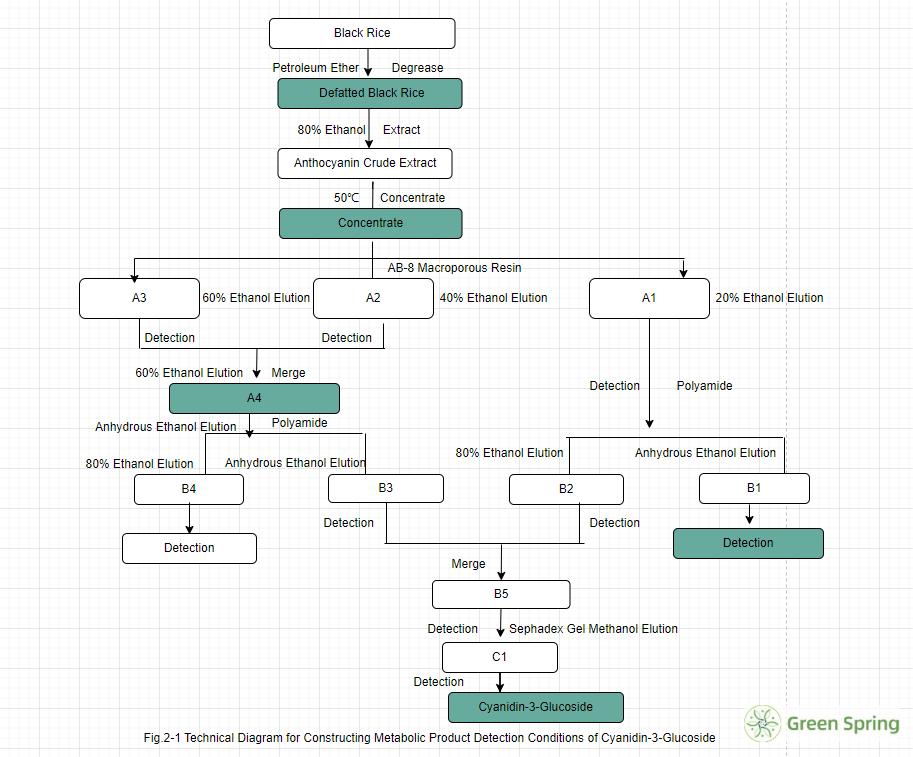
1.2 Qualitative and Quantitative Analysis of Cyanidin-3-Glucoside in Black Rice Extract
1.2.1 Sample Preparation
After freeze-drying the black rice anthocyanin test solution, weigh 10 mg of freeze-dried powder, dissolve it in 6% formic acid, and bring to a constant volume in 10 mL, then use 0.2 μ The needle filter of m was used for filtration and the determination was carried out using an ultra high performance liquid chromatography triple four stage rod tandem mass spectrometer.
Table2-1 Gradient Elution Procedure for UPLC
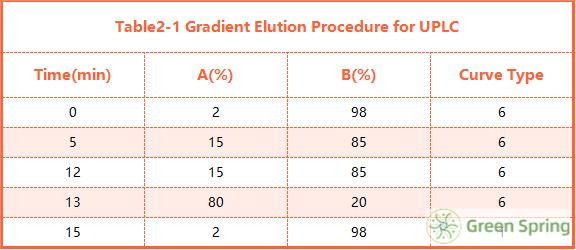
1.2.2 Qualitative and Quantitative Methods
(1) Qualitative Methods
The qualitative analysis of the separated and purified samples was carried out by ultra-high performance liquid chromatography (UPLC) column under the scanning of multiple reaction monitoring (MRM) modes, combined with ultraviolet (UV) and mass spectrometry (MS) analyses by checking the retention time of Cyanidin-3-glucoside in the Cyanidin-3-glucoside control and in the isolated and purified black rice extracts.
(2) Quantitative Method
10 mg of black rice extract, A1, A2, A3, A4, B1, B2, B3, B4, B5, and C1 were accurately weighed and condensed in a 100 ml volumetric flask with 6% formic acid, and measured with the Cyanidin-3-glucoside control under the same chromatographic conditions, and then the concentration of the prepared solution was obtained from the standard curve equation, and the purity of each sample to be tested was obtained from the calculation of Equation (2. 1).
1.3 Isolation and Purification of Cyanidin-3-Glucoside from Black Rice Extracts
1.3.1Degreasing of Black Rice Extracts
1.3.2 Preparation of Anthocyanin Extract from Black Rice Extracts
1.3.3 Isolation and Purification of Cyanidin-3-Glucoside from Black Rice Extracts
(1) Separation And Purification by Adsorption on AB-8 Macroporous Resin
(2) Polyamide Column Chromatography
(3) Separation and Purification by Gel Column Chromatography
2. Results and Discussion
2.1Qualitative and Quantitative Analysis of Cyanidin-3-Glucoside in Black Rice Extract
2.2 Optimization of Mass Spectrometry Parameters for the Reference Substance of Cyanidin-3-Glucoside
As shown in Figure 2-2.
2.3 Qualitative Analysis of Cyanidin-3-Glucoside in Black Rice Extract
Based on the established mass spectrometry parameters, the retention time of cyanidin-3-glucoside in black rice extract was determined by ultra-high performance liquid chromatography. As shown in Figure 2-3 (A), the retention time of the standard solution of cyanidin-3-glucoside is 3.46 minutes. As shown in Figure 2-3 (B), the retention time of the main chromatographic peak in the black rice anthocyanin extraction solution is 3.46 minutes, so the main anthocyanin in black rice is cyanidin-3-glucoside.
2.4 Quantitative Determination of Cyanidin-3-Glucoside in Black Rice Extract
Draw a standard curve with concentration as the horizontal axis and peak area as the vertical axis, as shown in Figure 2-4. The regression equation Y=79.027X+85.746 (Y is the peak area, X is the concentration), the correlation coefficient R2=0.9991, and the linear relationship of cyanidin-3-glucoside is good within the range of 19.2 to 134.40 ng/ml.
Fig.2-3 The Chromatograms of Black Rice And Cyanidin-3-Glucoside( C3G )Standard
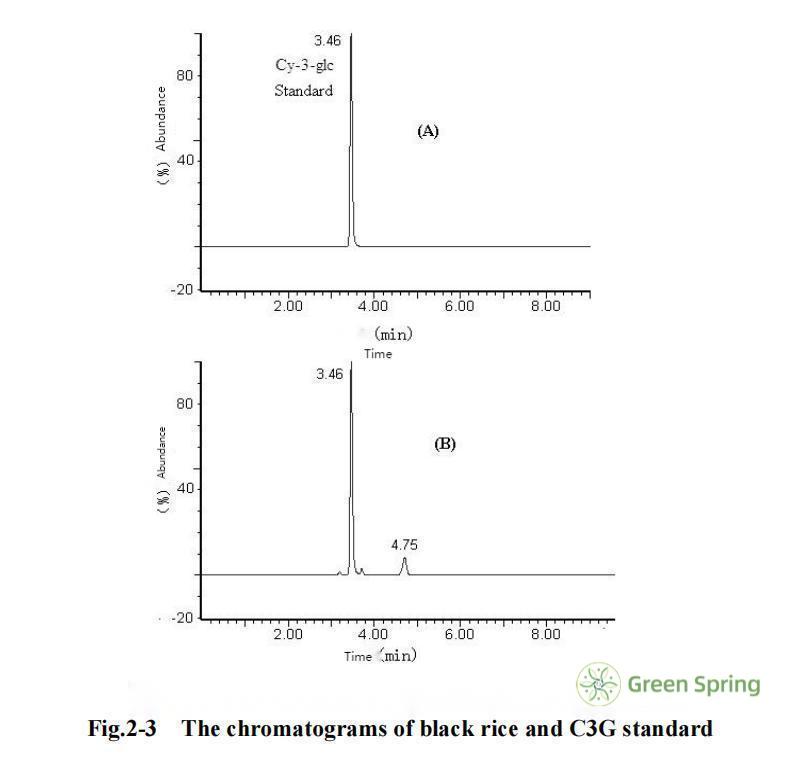
Table2-2 The Peak Area of Cy-3-glc Standard Solution
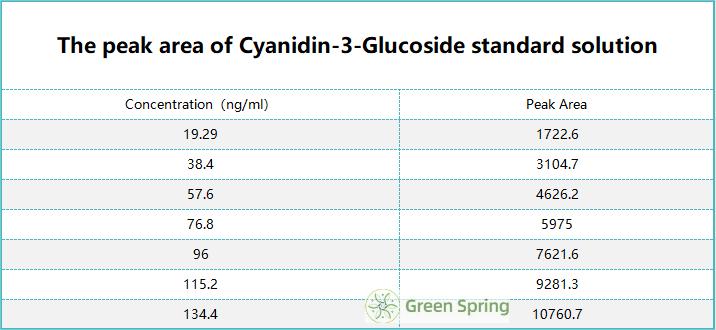
Fig.2-4 The Standard Curve of C3G
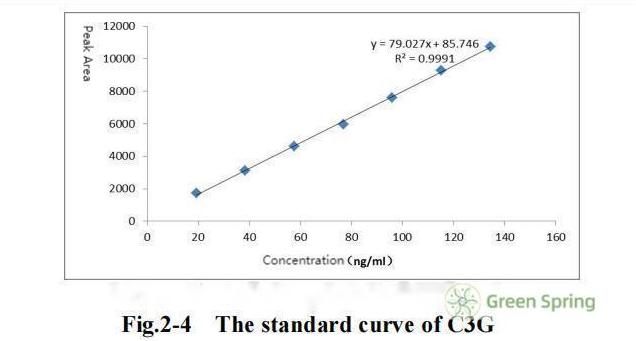
2.5 Isolation and Purification of Cyanidin-3-Glucoside from Black Rice Extract
2.5.1 AB-8 Macroporous Resin Adsorption Method
Fig.2-5 The Chromatograms of Anthocyanins of Black Rice Extract
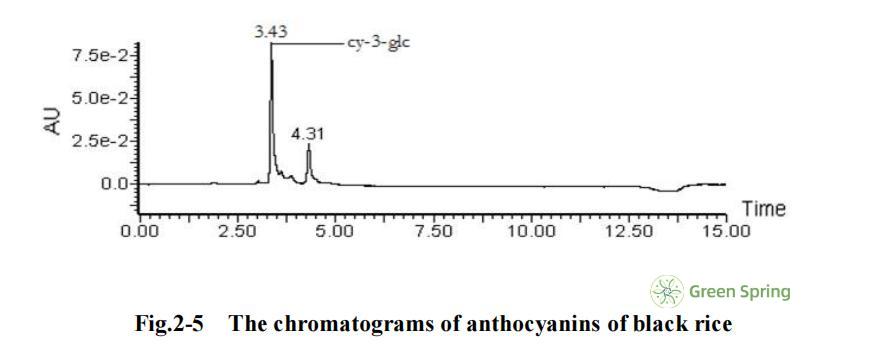
Fig.2-6 The chromatograms of C3G separated from black rice by AB-8 macroporous resin adsorption
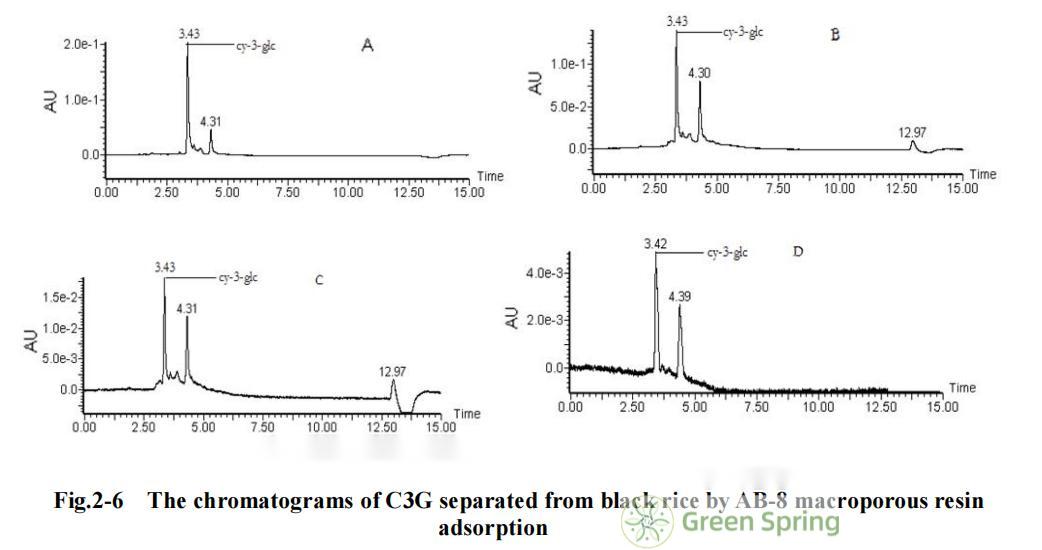
Note: Figure A: Chromatogram of A1; Figure B: Chromatogram of A2; Figure C: Chromatogram of A3; Figure D: Chromatogram of A4
2.5.2 Polyamide Column Chromatography
Using anhydrous ethanol and 80% ethanol to perform forward gradient elution on polyamide chromatography columns containing A1 and A4 in sequence, as shown in Figure 2-7. According to the chromatogram of UPLC-MS/MS detection results, Cy-3-g1c in black rice was separated and purified using this method, and the peak time was consistent with the AB-8 results. After calculation, the purity of B1, B2, B3, and B4 was 91.6%, 92.3%, 93%, and 92%, respectively. Compared with A1 and A4, the purity of cyanidin-3-glucoside was significantly improved after purification with polyamide, indicating that the polyamide purification method played a significant role in the separation and purification of cyanidin-3-glucoside in black rice extract.
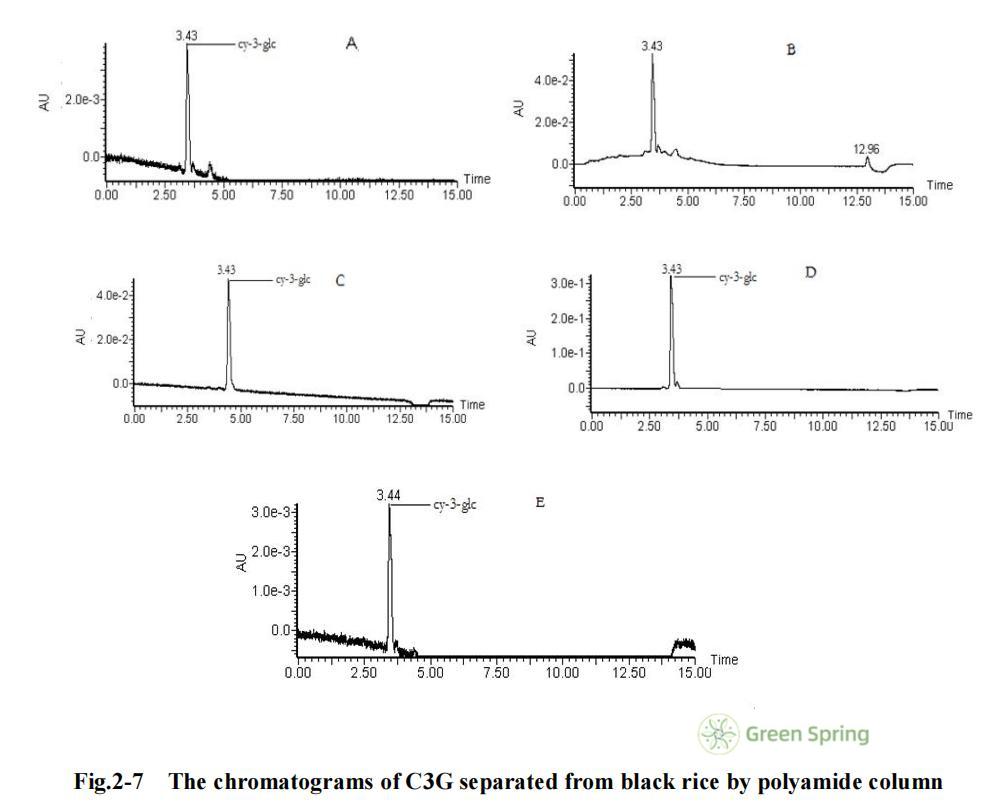
Note: A: B1 chromatogram; B: B2 chromatogram; C: B3 chromatogram; D: B4 chromatogram; E: B5 chromatogram
2.5.3 Gel Column Chromatography
High-purity cyanidin-3-glucoside has been obtained through the polyamide purification method, as shown in Figure 2-8. Based on the C1 chromatogram of the detection results and the comparison with the chromatogram of B5, it can be seen that after the separation and purification of cyanidin-3-glucoside in black rice extract using this method, no impurity peak was found. After detection, the purity of C1 was calculated to be 95%, with a slight improvement in purity, It can be seen that gel column chromatography can promote the separation and purification of cyanidin-3-glucoside.
After calculation, the preparation rate of cyanidin-3-glucoside with a purity of 95% is 0.098%, which is close to the laboratory's previous detection of a cyanidin-3-glucoside content of 0.1% in black rice. At the same time, there is a small difference compared to the data obtained by Wang Jing et al. [8] with a cyanidin-3-glucoside content of (1.017 ± 0.028) mg/g, indicating that the method used in this experiment has a high preparation rate and high purity of the obtained compound, which is worthy of widespread promotion.
Fig.2-8 The chromatograms of C3G separated from black rice by glucose gel column Chromatography
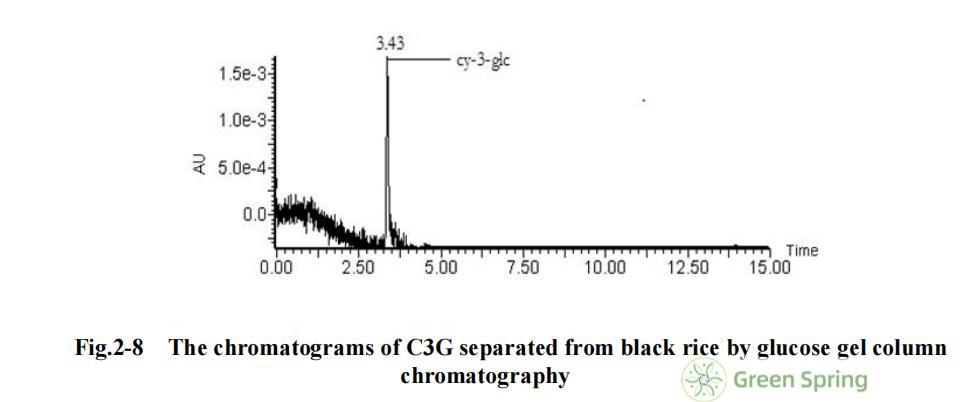
3. Summary
This study used UPLC-MS/MS for qualitative and quantitative analysis of cyanidin-3-glucoside in black rice extract. By comparing the retention time with the reference substance of cyanidin-3-glucoside under the same mass spectrometry, liquid phase, and UV conditions, it can be concluded that the isolated and purified black rice extract anthocyanin monomer is cyanidin-3-glucoside. The results are consistent with those reported in the literature.
The Incredible Benefits of Black Rice Extract Cyanidin 3 Glucoside
It is reported that black rice extract cyanidin-3-glucoside has many physiological activities [10-13], such as scavenging free radicals [9], anti-oxidation [10], anti-inflammatory, anti-tumor [8], preventing diabetes and improving its nephropathy [11][12][13], protecting the liver, protecting eyesight, and protecting the brain from ischemic stroke[14][15][16]. As reported in research, cyanidin-3-glucoside has a protective effect on post ischemic brain injury through antioxidant stress, promoting endothelial nitric oxide synthase synthesis, anti-inflammatory, inhibiting neuronal apoptosis, and promoting plasma chemokine expression.

Hao et al. [6] have shown that cyanidin-3-glucoside can significantly reduce the elevated levels of serum creatinine and urea nitrogen, as well as the levels of xanthine oxidase, malondialdehyde, and nitric oxide in the kidneys caused by KBrO3 induced severe kidney injury in mice. Its protective effect on the kidneys is the free radical scavenging ability of anthocyanins. Zhang Chuyang et al. [17] used human liver cancer cell line HepG-2 as a model to study the protective effect of cyanidin-3-O-glucoside (C3G) on H2O2 induced oxidative stress in cells. The results showed that cyanidin-3-glucoside had no significant toxicity to HepG-2 cells in the range of 0-0.5 mmol/L; At high (400 μ Mol/L), medium (200 μ Mol/L), low (50 μ Treatment with cyanidin-3-glucoside at three concentrations of mol/L significantly increased the total antioxidant capacity, superoxide dismutase activity, and reduced glutathione content of cells, while reducing intracellular malondialdehyde content. Song Nan et al. [18] investigated the effect of cyanidin-3-glucoside on glucose and lipid metabolism in Alzheimer's disease (AD) model mice. The results indicate that cyanidin-3-glucoside regulates insulin resistance and inflammatory response through the JNK/AKT pathway, effectively improving brain glucose metabolism disorders in AD model mice, but not significantly regulating lipid metabolism, and can inhibit the deposition of age-related plaques in the hippocampus of the brain.
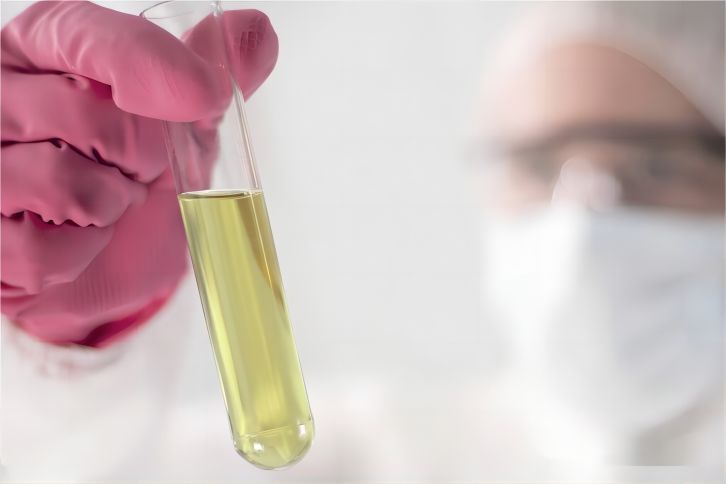
Yu Renqiang et al. [19] aimed to investigate the effects of cyanidin-3-glucoside on body weight, blood lipids, and insulin resistance in obese rats. Obese rats were induced by a high-fat diet and randomly divided into a control group and an experimental group. The experimental group was gavaged with 100 mg/(kg · d) of cyanidin-3-glucoside, while the control group was gavaged with an equal amount of physiological saline. After continuous gavage for 5 weeks, the results showed that the body weight, visceral fat mass, average food energy utilization rate, total cholesterol, triglycerides, low-density lipoprotein cholesterol, arteriosclerosis index, fasting blood glucose, serum insulin, and insulin resistance index of the experimental group were significantly lower than those of the control group (r<0.05), while high-density lipoprotein cholesterol and serum adiponectin were significantly higher than those of the control group (r<0.05), Thus, it can be concluded that cyanidin-3-glucoside can slow down the body weight, increase visceral fat mass, improve obesity related glucose and lipid metabolism disorders and insulin resistance in obese rats, and speculate that its mechanism may be related to increasing serum adiponectin secretion. Lin Huai et al. [18] explored the effect of cornflower 3-glucoside on lead induced liver and kidney damage through rat experiments. The results showed that cornflower 3-glucoside had a significant protective effect on lead induced liver and kidney damage, but its mechanism of action still needs further research.
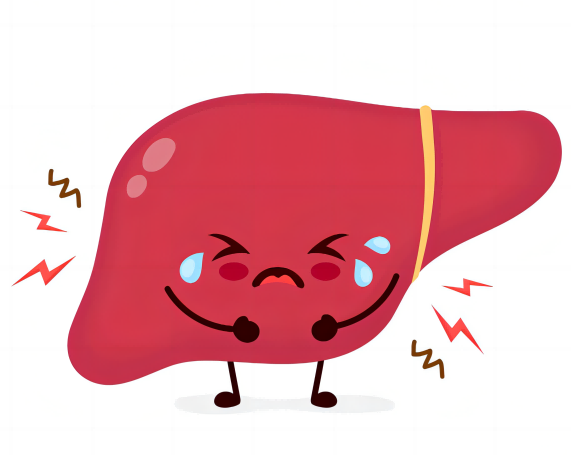
Black Rice Extract Cyanidin-3-Glucoside Experiment:
Research on cyanidin-3-glucoside at home and abroad shows that it has a variety of biological activities such as preventing cardiovascular disease, improving visual fatigue and reducing inflammation in diabetes patients, but the content of cyanidin-3-glucoside detected in blood and related tissues is extremely low. The reason for this paradox may be that cyanidin-3-glucoside undergoes metabolic reactions in the gastrointestinal tract, generating related metabolites that enter the blood and related tissues, resulting in related biological activity effects.
This study aims to validate this hypothesis, using cyanidin-3-glucoside as the experimental material, using in vivo and in vitro experimental methods, and UPLC-MS/MS as the detection method, to qualitatively and quantitatively analyze the metabolites of cyanidin-3-glucoside in the rat gastrointestinal tract, and explore its metabolic changes in the rat gastrointestinal tract. At the same time, by analyzing the metabolites of cyanidin-3-glucoside in rat blood, the absorption of its metabolites in the body was clarified, providing a basis for elucidating whether the metabolites of cyanidin-3-glucoside have relevant biological activities and providing a reference for revealing the activity mechanism of cyanidin-3-glucoside. The main research content and results of the project are as follows:
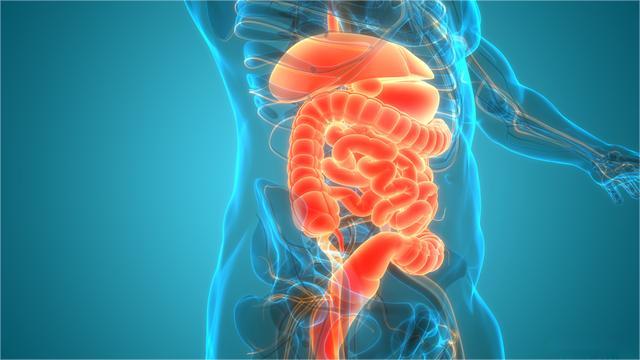
(1) Black rice was used as experimental material to purify cyanidin-3-glucoside on AB-8 macroporous resin, polyamide and dextran gel column. The content of cyanidin-3-glucoside after purification was 95%, and the yield was 0.098%.
(2) Using cyanidin-3-glucoside as experimental material and UPLC-MS/MS method as a detection method, the metabolic products and main metabolic sites of cyanidin-3-glucoside in the rat intestine were studied using in vitro incubation solution method. The results showed that there were 11 metabolites of cyanidin-3-glucoside in the rat intestine, including 2,4,6-trihydroxybenzoic acid, protocatechuic acid, p-hydroxybenzoic acid, vanillic acid, hippuric acid, caffeic acid Phenolic aldehyde, p-coumaric acid, cyanidin-3-glucoside, cyanidin, and ferulic acid. The main metabolic sites are the jejunum, ileum, and colon.
(3) Using cyanidin-3-glucoside as the experimental material and UPLC-MS/MS method as the detection method, the stomach, duodenum, jejunum, ileum, and colon of rats were collected at different time periods after gavage of cyanidin-3-glucoside. The metabolites of cyanidin-3-glucoside were detected, and a total of 11 types were detected, including 2,4,6-trihydroxybenzoic acid, protocatechuic acid, p-hydroxybenzoic acid, vanillic acid, hippuric acid Caffeic acid, phloroglucinol aldehyde, p-coumaric acid, cyanidin-3-glucoside, cyanidin, and ferulic acid, the product types are consistent with the in vitro method results, and cyanidin-3-glucoside is mainly present in its original form in gastric juice, while cyanidin-3-glucoside is mainly present in the form of aglycone (cyanidin) in the duodenum, jejunum, ileum, and colon.
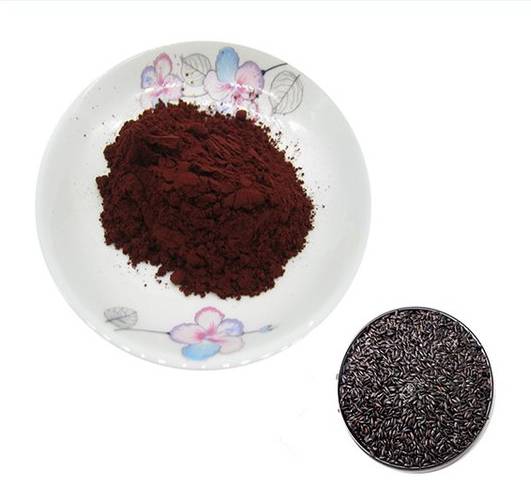
(4) Using cyanidin-3-glucoside as the experimental material and UPLC-MS/MS method as the detection method, a total of 10 metabolites of cyanidin-3-glucoside in rat blood were detected, including protocatechuic acid, p-hydroxybenzoic acid, vanillic acid, hippuric acid, caffeic acid, is a phenolic aldehyde, p-coumaric acid, cyanidin-3-glucoside, cyanidin, and ferulic acid, However, no 2,4,6-trihydroxy benzoic acid was detected, indicating that except for 2,4,6-trihydroxybenzoic acid, other intestinal metabolites of cyanidin-3-glucoside can be absorbed into the bloodstream through the intestine. Through comparison, it was found that the main absorption sites are the jejunum, ileum, and colon.
The research results confirm that cyanidin-3-glucoside undergoes metabolic reactions in the gastrointestinal tract, resulting in a series of related metabolites that can be absorbed into the bloodstream through the intestine.
Reference:
[1] Jin X., Chen M., Long Y., et al. Delphinidin-3-glucoside protects human umbilical vein endothelial cells against oxidized low-density lipoprotein-induced injury by autophagy upregulation via the AMPK/SIRT1 signaling pathway[J]. Molecular Nutrition and Food Research, 2014,58(10):1941–1951.
[2] Xu Z., Howard L. R. Analysis of antioxidant-rich phytochemicals[M]. New Jersey, Wiley-Blackwell,2012.
[3] Jr T. A., Reese R. N., Wyzgoski F. J., et al. Cyanidin-3-rutinoside and cyaniding-3-xylosylrutinoside as primary phenolic antioxidants in black raspberry[J]. Journal of Agricultural and Food Chemistry, 2008,56(6): 1880–1888.
[4] Sousa A., Araújo P., Azevedo J., et al. Antioxidant and antiproliferative properties of 3-oxyanthocyanidins[J]. Food Chemistry, 2016, 192: 142–148.
[5] Kumar S., Gautam S., Sharma A. Identification of antimutagenic properties of anthocyanins and other polyphenols from rose ( Rosa centifolia ) petals and tea[J]. Journal of Food Science, 2013, 78(6): 948–954.
[6] Bao Rui, Chen Di, Chen Fang the Effect of Vc on Microwave Degradation of Cyanidin-3-Glucoside in Blueberry Extract [j] Preservation and Processing, 2014, 14 (6): 34-39
[7] Liu Changjiao, Xiong Xiangwei, Zheng Xia, et al HPLC method for the determination of cyanidin-3-glucoside in black rice [J] China Food Additives, 2017, (9): 210-215
[8] Wang Jing, Zhou Youxiang, Yan Wei, Et Al Identification and Content Analysis of Cyanidin-3-Glucoside in Black Rice [j] Hubei Agricultural Science, 2014, 53 (23): 5836-5838
[9] Hao J., Hui Z., Zhang Z Q., et al. Identification of anthocyanins in black rice (Oryza sativa L.) by UPLC/Q-TOF-MS and their in vitro and in vivo antioxidant activities[J]. Journal of Cereal Science,2015, 64: 92–99.
[10] Turrini E., Ferruzzi L., Fimognari C. Possible effects of dietary anthocyanins on diabetes and insulin resistance[J]. Current Drug Targets, 2017, 18(6): 629–640.
[11] Chen Liang, Xin Xiulan, Yuan Qipeng Research Progress on the Anticancer Effect of Cornflower 3-Glucose [j] Food Science, 2013, 34 (13): 329-333
[12] Guo H., Xia M., Zou T., et al. Cyanidin-3-glucoside attenuates obesity-associated insulin resistance and hepatic steatosis in high-fat diet-fed and db/db mice via the transcription factor FoxO1[J]. Journal of Nutritional Biochemistry, 2012, 23(4): 349–360.
[13] Qin Y., Zhai Q., Li Y., et al. Cyanidin-3-O-glucoside ameliorates diabetic nephropathy through regulation of glutathione pool[J]. Biomedicine and Pharmacotherapy, 2018, 103: 1223–1230.
[14] Scazzocchio B., Vari R., Filesi C., et al. Cyanidin-3-O-beta-glucoside and protocatechuic acide xert insulin-like effects by upregulating PPARgamma activity in human omental adipocytes[J]. Diabetes, 2011, 60(9): 2234–2244.
[15] Lee S. G., Vance T. M., Nam T. G., et al. Contribution of anthocyanin composition to total antioxidant capacity of berries[J]. Plant Foods for Human Nutrition, 2015, 70(4): 427–432.
[16] Marja P., Heinonen M. Antioxidant activity of anthocyanins and their aglycons[J]. Journal of Agricultural and Food Chemistry, 2003, 51(3): 628–633.
[17] Zhang Chuyang, Zhang Kejia, Liu Qin Comparison of the Protective Effects of Cyanidin and Cyanidin-3-O-Glucoside on H2o2 Induced Oxidative Stress in Hepg-2 Cells [j] Journal of Nanjing University of Technology, 2018, 40 (3): 31-37
[18] Song Nan, Zhang Ling, Chen Wei, Et Al the Effect of Cyanidin-3-Glucoside on Glucose and Lipid Metabolism in Alzheimer's Disease Model Mice [j] Chinese Journal of Comparative Medicine, 2016, 26 (7): 15-23
[19] Yu Renqiang, Wu Xiaoyou, Zhou Xiang, Et Al the Effect of Cyanidin-3-Glucoside on Body Weight, Blood Lipids, And Insulin Resistance in Obese Rats [j] Chinese Journal of Contemporary Pediatrics, 2014, (5): 534-538


 English
English French
French Spanish
Spanish Russian
Russian Korean
Korean Japanese
Japanese